Landmines still take heavy toll on Vietnamese people
An exhibition on explosive and toxic remnants of war as well as efforts made by the authorities and non-governmental organisations in clearance to make Vietnam a safe and peaceful country is running in the central Da Nang city.
 |
Visitors at the exhibition in Da Nang Museum. (Source: Da Nang Museum)
The exhibition featuring over 200 objects and photos related to the past war in Vietnam and the country’s efforts towards overcoming the consequences of war legacies kicked off on November 7.
The exhibition called ‘Hoi Sinh Nhung Vung Dat Chet’ (Resurrection in Dead Lands) highlighted Vietnam’s efforts in cleaning up the environment in areas contaminated with residual toxic chemicals and in removing post-war unexploded ordnances.
Dioxin, a highly toxic chemical in the defoliant, stays in the soil and at the bottom of lakes and rivers for generations. It can enter the food supply through the meat of fish and other animals, and has been found at alarmingly high levels in breast milk.
The U.S. army sprayed some 80 million litres of toxic chemicals from 1961 to 1971, 61 percent of which was Agent Orange containing 366 kilograms of dioxin, over nearly one quarter of the total area of South Vietnam.
This weapon of mass destruction has caused great suffering to countless families and seriously devastated the natural environment and people of Vietnam.
Preliminary statistics showed that 4.8 million Vietnamese people were exposed to Agent Orange/dioxin, and about 3 million people became victims. Tens of thousands of people have died while millions of others have suffered from cancer and other incurable diseases as a result. Many of their offspring have also suffered from birth defects.
Not until now has the public known about the destructive effect on human health of AO used during wartime. In 2000, the National Academy of Sciences of America (NAS) issued a list of Diseases caused by AO. Many of these have been found in Vietnamese victims of AO.
Diseases caused by exposure to AO include soft-tissue sarcoma, non-Hodgkin’s lymphoma, Hodgkin, Cloracne, while partly contacts with AO can result in cancers of the respiratory system (lung, brochial tube, trachea and larynx), prostate cancer, diabetes, two kinds of congenital malformations found in newborns of war veterans, Spina Bifida, Acute myelogenous leukemia, to name a few.
 |
Visitors at the exhibition in Da Nang Museum. (Source: Da Nang Museum)
Mines Advisory Group (MAG) is a humanitarian non-governmental organization clearing explosive remnants of war in current and former conflict zones. Established in the UK in 1989, its work has helped more than 17.7 million people in conflict-affected communities in over 40 countries, giving them greater safety and the opportunity to rebuild their lives, livelihoods and futures.
In Vietnam, MAG started operations in Quang Tri in 1999, and then expanded to Quang Binh in 2003. MAG also completed a two-year project in Quang Nam (2012 - 2014). MAG is currently working in Quang Binh and Quang Tri, the two most unexploded ordnance contaminated provinces of the country. MAG is one of the largest civil mine action operators in Vietnam.
Since 1999, MAG has removed and destroyed approximately 300,000 items of UXO to release over 56 million square metre of safe land to support agricultural development and construction of infrastructures.
The exhibition will run through December 22, seeks to apprise the public of the consequences of wars and call on the people to join hands to restore the environment, bring life back the dead lands and support war victims.
Earlier, a similar exhibition was held in Ho Chi Minh City in April./.
VNF
Recommended
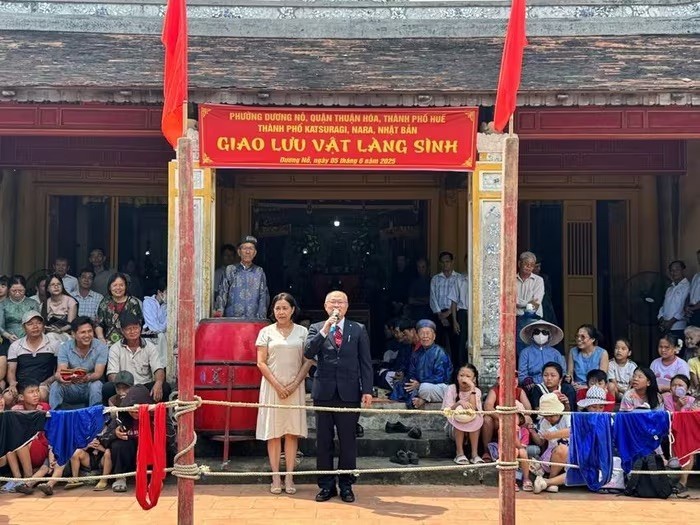 Viet's Home
Viet's Home
Traditional Martial Arts Exchange between Sinh village (Hue City) and Katsuragi City (Japan)
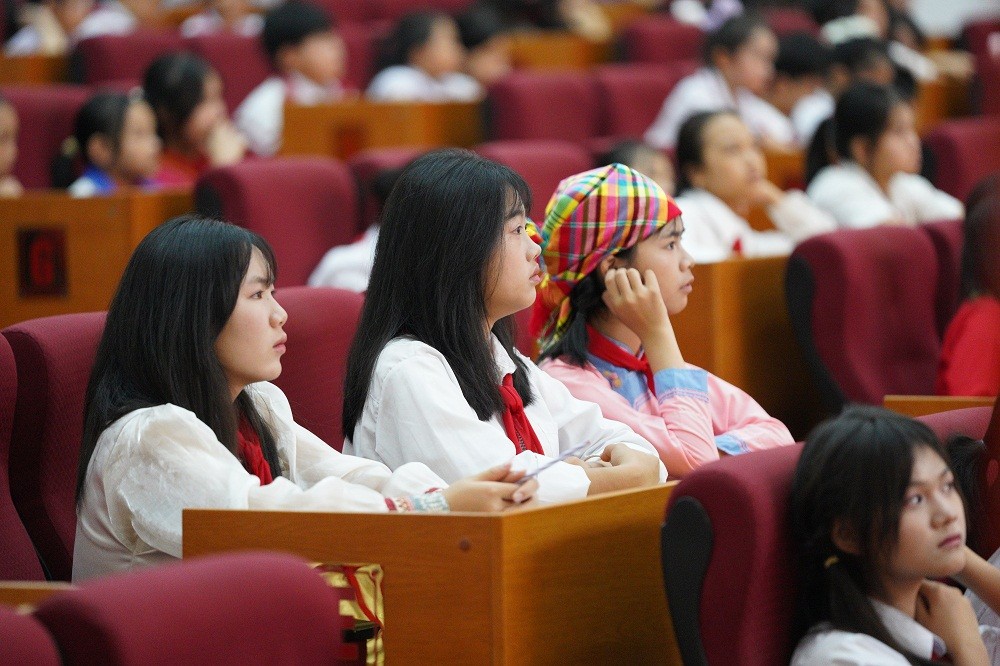 Viet's Home
Viet's Home
Lai Chau National Assembly, People's Council Delegates Hold Dialogue with Children
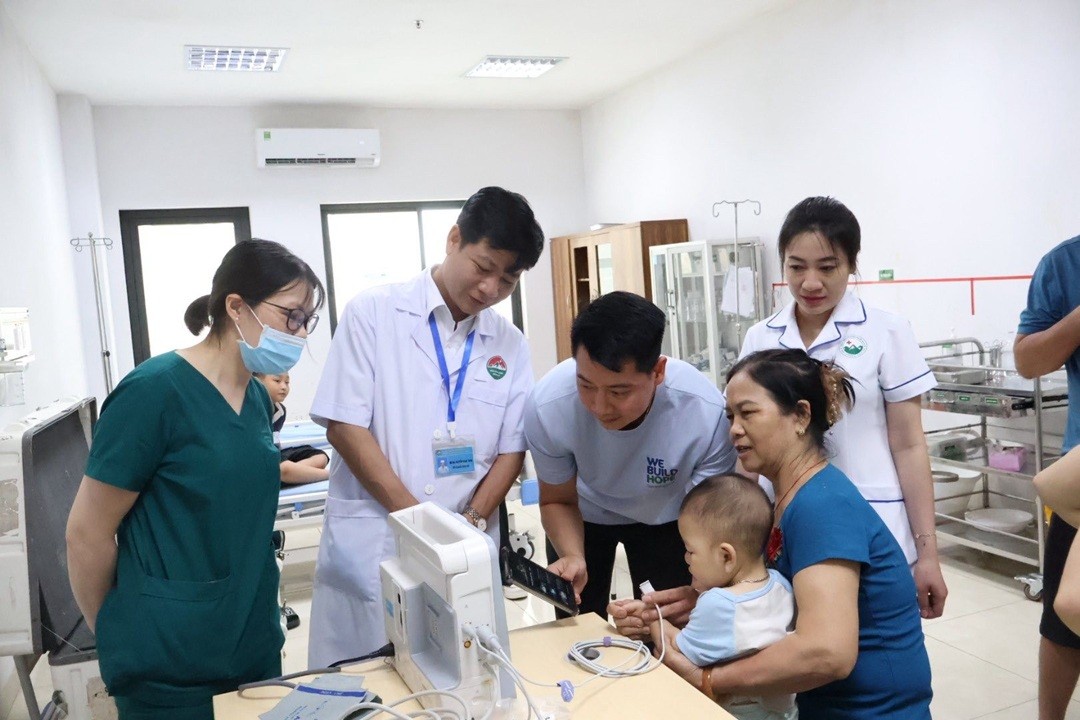 Viet's Home
Viet's Home
24 Children with Disabilities in Northern Provinces Received Free Surgery
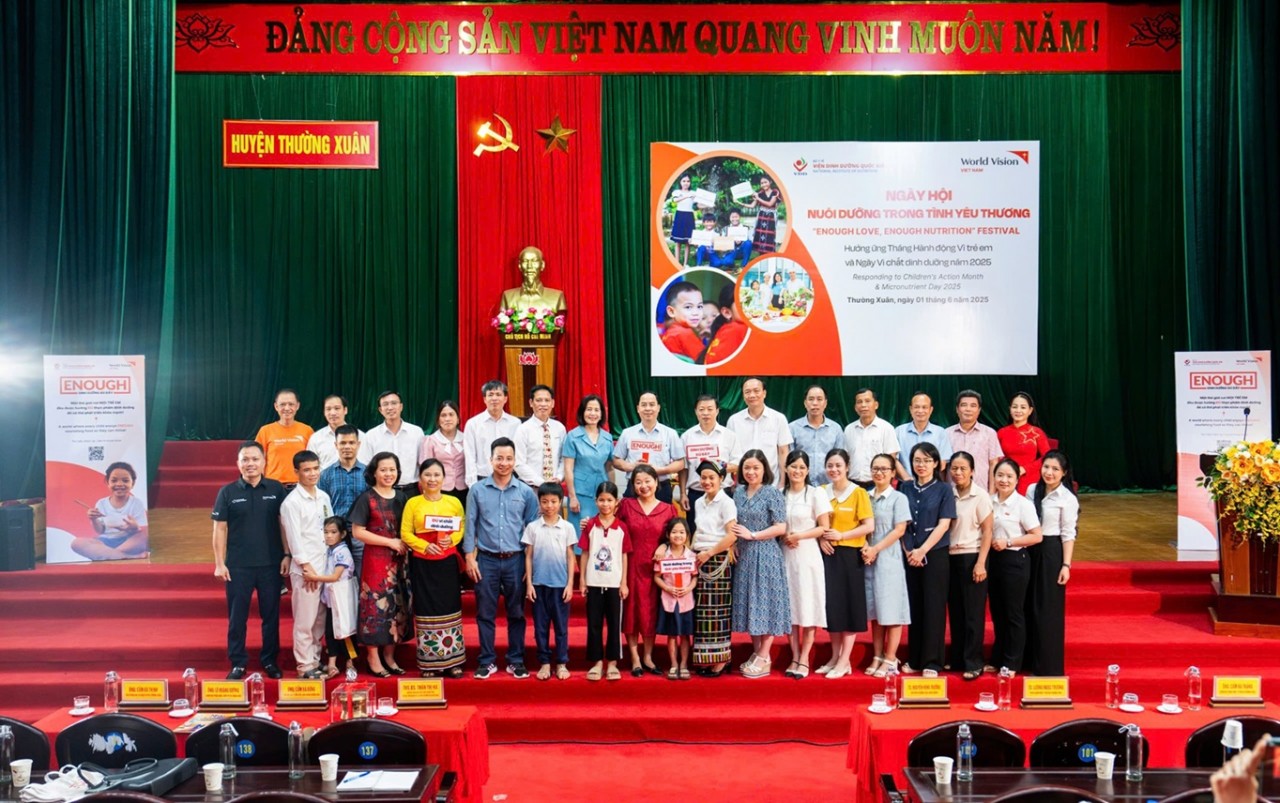 Viet's Home
Viet's Home
World Vision Promotes Comprehensive Nutritional Care for Vietnamese Children
Popular article
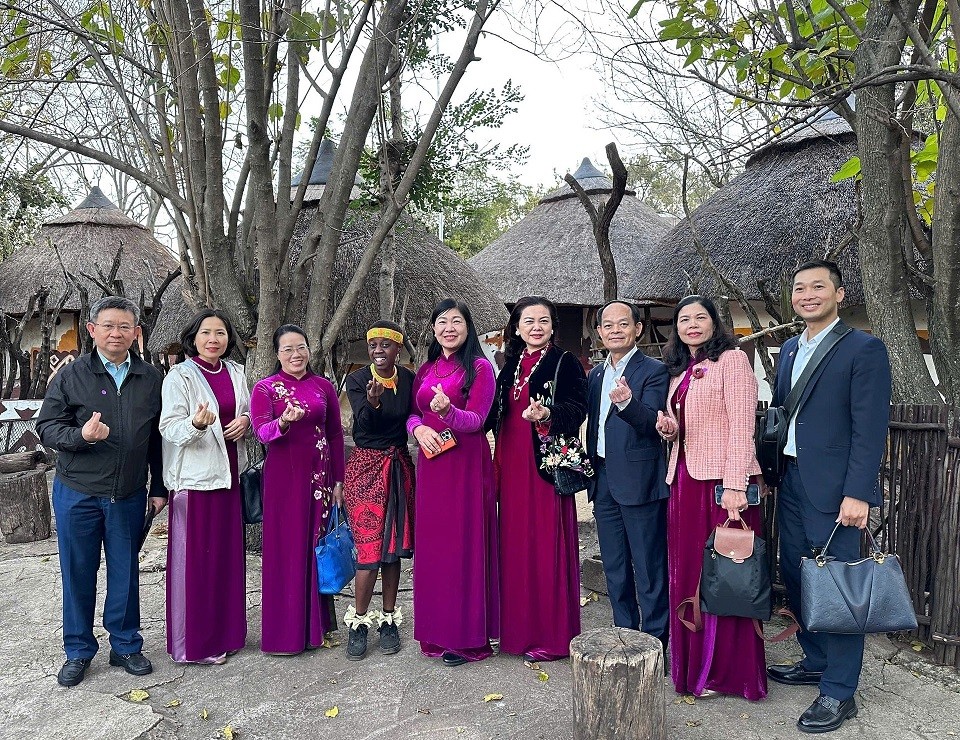 Viet's Home
Viet's Home
Hanoi, South Africa Strengthens People-to-people Exchanges, Expands Multi-sector Cooperation
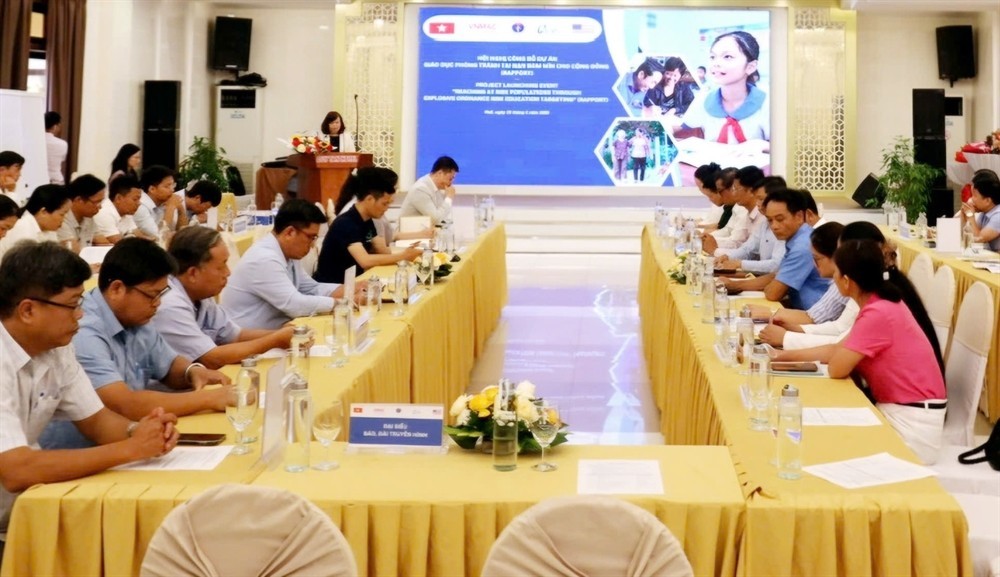 Viet's Home
Viet's Home
Hue City to Raise Awareness on Mine Accident Prevention
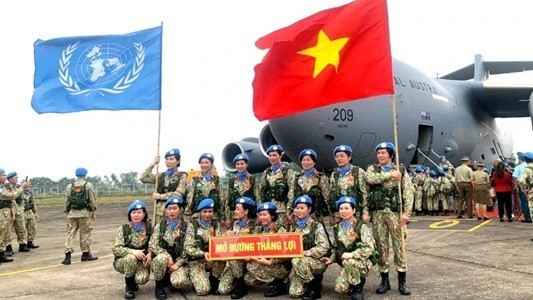 Focus
Focus
Vietnam Leaves Imprints on the World Peacekeeping Map
 Viet's Home
Viet's Home



